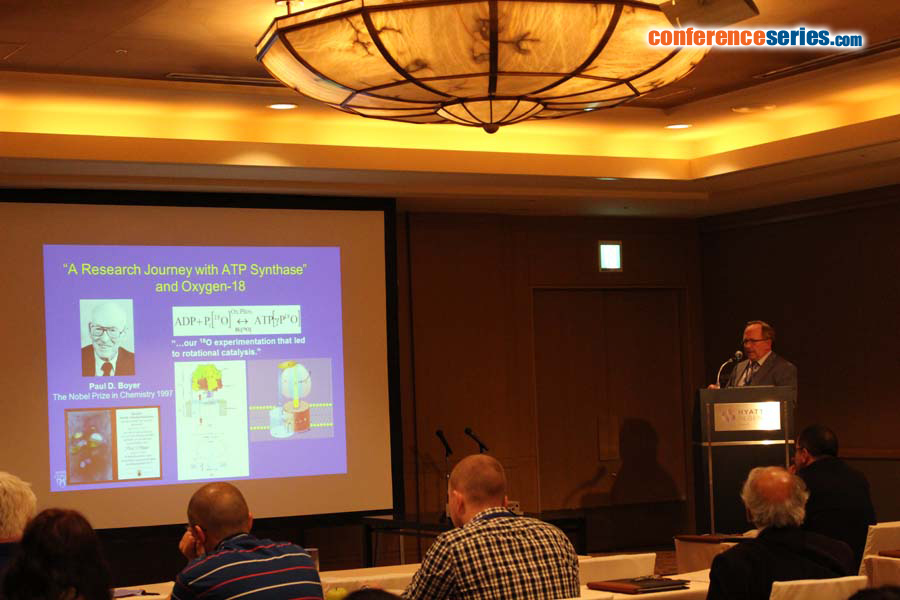
Petras Dzeja
Metabolomics NMRS Core, Mayo Clinic, USA
Title: 18O-assisted 31P NMR and Mass Spectrometry: from Phosphometabolomics to Fluxomics
Biography
Biography: Petras Dzeja
Abstract
Evaluation of metabolomics phenotypes requires knowledge not only metabolite levels but also their turnover rates from which metabolic fluxes and status of the whole metabolic system can be deducted. In this regard, stable isotope 18O-based metabolite tagging technology provides quantitative measurements of metabolite levels and turnover rates of many metabolites which metabolism include water as a reactant, most notably phosphometabolites, amino and organic acids. Using this technology dynamics of over 10 major metabolic and signaling pathways can be tracked simultaneously, including ATP turnover, oxidative phosphorylation, glycolysis/glycogenolysis, Krebs and urea cycles pentose phosphate pathway and phosphotransfer reactions. The 18O labeling methodology is based on the incorporation of the 18O nuclei (from H218O), into metabolite group with each act of enzymatic reaction, and subsequent distribution of 18O-labeled groups among different molecules. Using this approach major metabolites and their turnover rates can be quantified in cells and tissue samples and whole blood by 18O-assisted 31P NMR and 1H NMR spectroscopy and mass spectrometry. In this way obtained dynamic metabolomics profile appears to be sensitive indicator of energy and metabolic imbalances like the ones created by genetic deficiencies, myocardial ischemia, heart failure, aging and neurodegenerative disorders. Thus, 18O-assisted 31P NMR/mass spectrometry is a valuable tool for phosphometabolomic and fluxomic profiling of transgenic models of human diseases revealing system-wide adaptations in metabolic networks, as well as for biomarker identification in human diseases and metabolic monitoring of treatment efficacy and drug toxicity.



